An exciting new technology that combines balloons with wind turbines is earning major praise for its ingenuity, and securing the funds necessary in order to go into production.
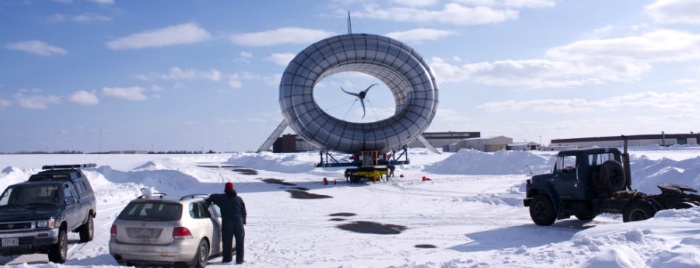
Referred to as BAT, which is short for Buoyant Airborne Turbine, this alternative energies solution is unlike anything else presently on the market, and it could prove to have a major impact on how remote areas of the world are provided energy.
Here are four things you know about the company and its technology.
Altaeros Energies, first founded at MIT, is led by Ben Glass.
The company began in 2010 with a simple mission — deploy the world’s first commercial airborne wind turbine to harness energy via strong, steady winds at higher altitudes.
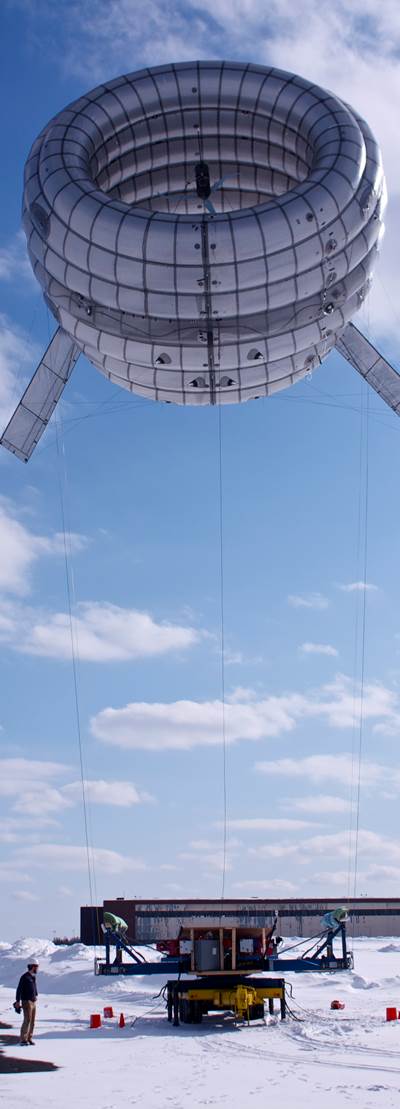
Altaeros works with businesses and communities to deploy low-cost power solutions at remote locations that often rely on expensive fossil fuels.
Glass’s reimagining of balloon and airship technologies for the purpose of lifting a wind turbine has led to numerous grants and funds. This includes NSF Small Business Innovation Research (SBIR) grants (Phase I and Phase II) to test a novel low-cost, high-performance fabric suitable for the BAT's shell, and to develop its modular wind turbine for power performance and ease of installation.
His company also recently received Series A funding of $7 million dollars for the continued development and commercialization of its technology.
Wind turbine manufacturers are competing with one another to build taller turbines to harness more powerful winds above 500 feet. Altaeros’s BAT will go much, much higher.
The BAT can reach 2,000 feet where wind speeds are faster and have five to eight times greater power density.
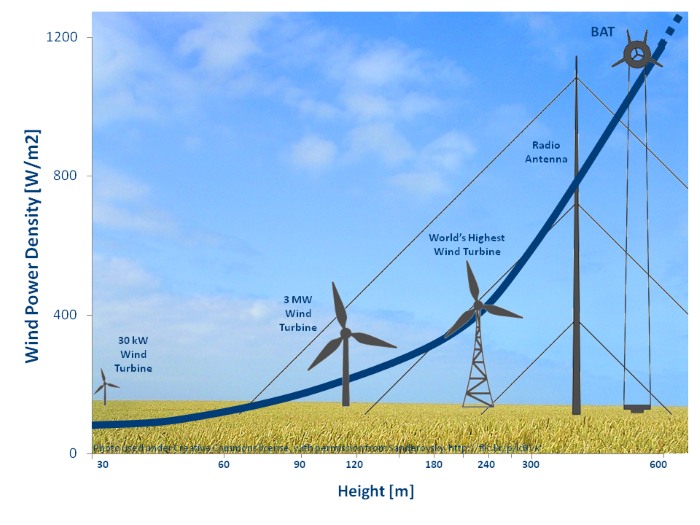 This results in the BAT being able to generate more than twice the energy of a similarly rated tower-mounted turbine.
This results in the BAT being able to generate more than twice the energy of a similarly rated tower-mounted turbine.
There are several different technologies at play that make BAT work.
The BAT features a novel aerodynamic design, custom-made composite materials, and an innovative control system. Its helium-inflatable shell funnels wind through a lightweight wind turbine. The shell self-stabilizes and produces aerodynamic lift as well as buoyancy. Several high-strength tethers hold the BAT in place, and a single conductive tether is tasked with transmitting power to a mobile ground station before interfacing with a microgrid, grid connection, or customer equipment.
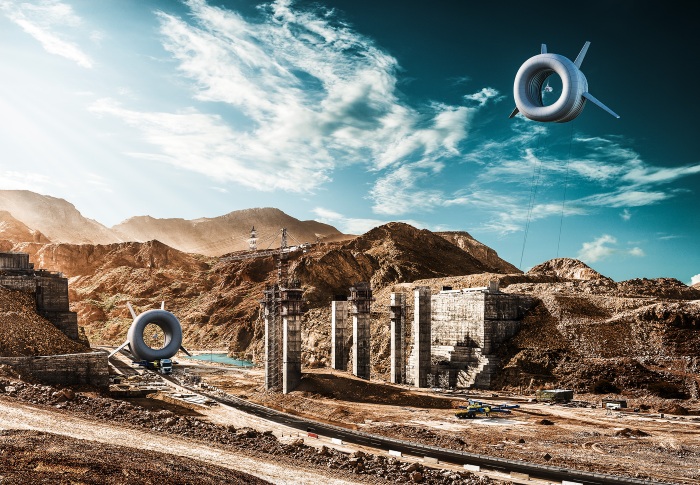
The floating turbine’s automated control system ensures safe and efficient operation. It includes the capability to adjust altitude autonomously for optimal power output.
The first model can provide enough electricity for about a dozen American homes.
What’s more, it’s only 15 by 15 meters, containerized, and does not require a crane or foundation for installation. This allows for quick, simple deployment of the technology in rural or disaster-stricken areas (generally speaking, less than 24 hours).
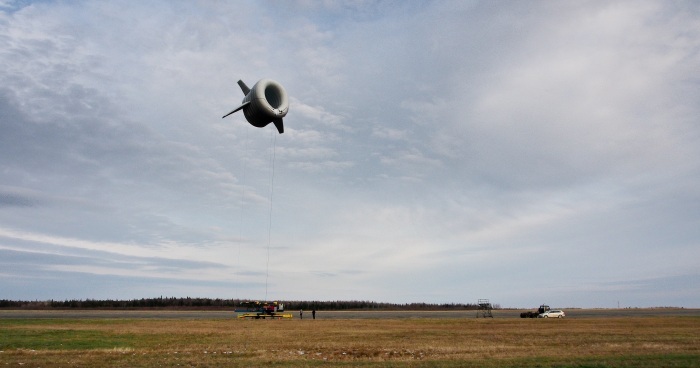
Also worth noting is the fact that other technologies — including communication, Internet, and sensory equipment — can be attached to the floating turbine to provide customers below with additional services, and can serve as a big help to first responders in emergency response situations when access to the electric grid is unavailable.
To learn more about Altaeros Energies, visit the company website at AltaerosEnergies.com
Advertisement
Learn more about Electronic Products Magazine





